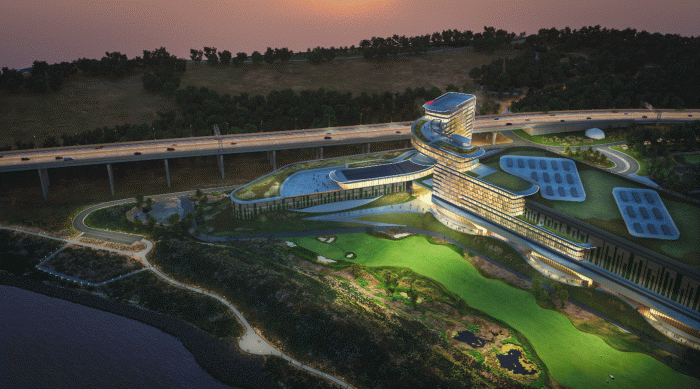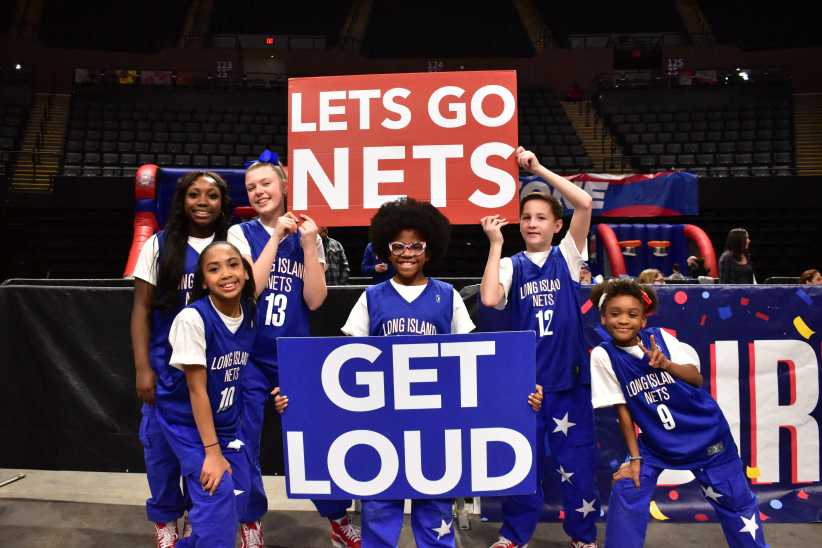There are a lot of “green” buildings in the Bronx, but few were built 84 years ago for a completely different purpose than it is used for today.
The Power House building in Mill Pond Park is one such building. Originally part of the Bronx Terminal Market that produced refrigeration for the once-sprawling food distribution complex, it has now been completely remodeled and was awarded a LEED Gold certification by the U.S. Green Building Council recently.
The green innovations, including a green-roof with plantings on over 52% of the roof, storm water management that reduces runoff by 25 to 50% and almost a quarter of the building’s infrastructure now containing recycled materials. The LEED certified building is a first for the Parks Department.
“We are honored to receive our first LEED Gold certification award from the U.S. Green Building Council for New York City parks and look forward to cutting the ribbon on future LEED projects which are in the making,” said Parks Department commissioner Adrian Benepe.
The $13.7 million transformation of the Power House converted it to a comfort station for the waterfront Mill Pond Park and local Parks Department offices. It will soon include an indoor cafe, tennis clubhouse and locker room. The second floor of the 25,800 square-foot building includes 12,500 square feet of space for public performances.
The building project is part of the Yankee Stadium Redevelopment Project, under the supervision of the New York City Economic Development Corporation. This includes the site of the old stadium and what once was the Bronx Terminal Market. New projects planed for the area include Heritage Field, a baseball field that is to be built in the footprint of the old Yankee stadium.
“Creating new and improved green space was a top priority of our Yankee Stadium Redevelopment Project,” said Seth Pinsky, president of NYCEDC. “Mill Pond Park is green in two senses of the word. It gives residents 10-acres of state-of-the-art park facilities, the Power House building with a green roof, native plantings and reduced water usage, is also helping to make the neighborhood more sustainable and more livable.”
James Nelson of Stantec, the Canadian-based architecture and engineering company that redesigned the building, said that as part of the LEED certification process, the building got a certain amount of points toward certification for preserving the fabric of an exiting building. “In the restoration, we used at least 25% regionally sourced materials extracted from a 500-mile radius of the building,” Nelson said. “Approximately 60 percent of the roof is planted, and this provides a habitat for bird and insects, It helps us prevent about 25% of the storm water that would have run off from going into the Harlem River, because the water now remains on the roof for the plants.”
In addition, Nelson said that the design includes toilets that use less water f, motion sensors that turn lights off when no one is in a room, high-efficiency boilers and a large amount of insulation. All of this led to the LEED Gold certification, which was awarded in December 2010.




















